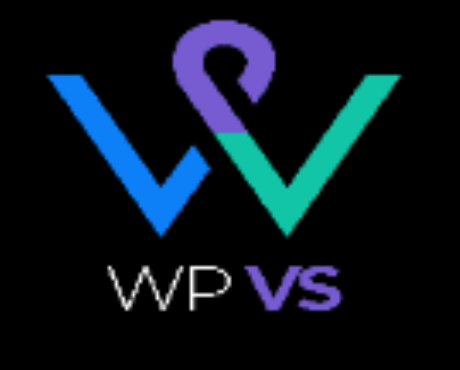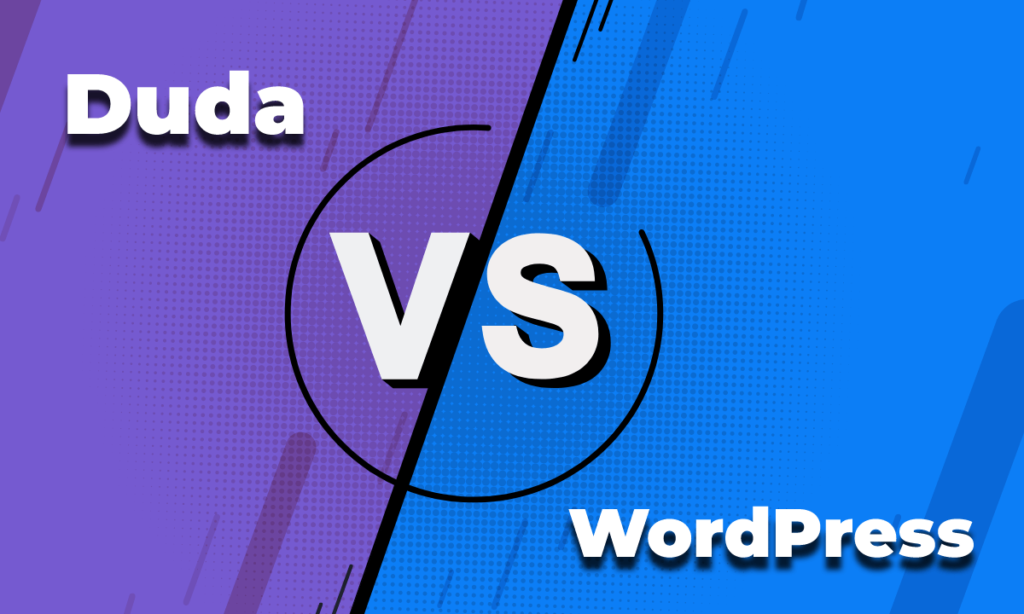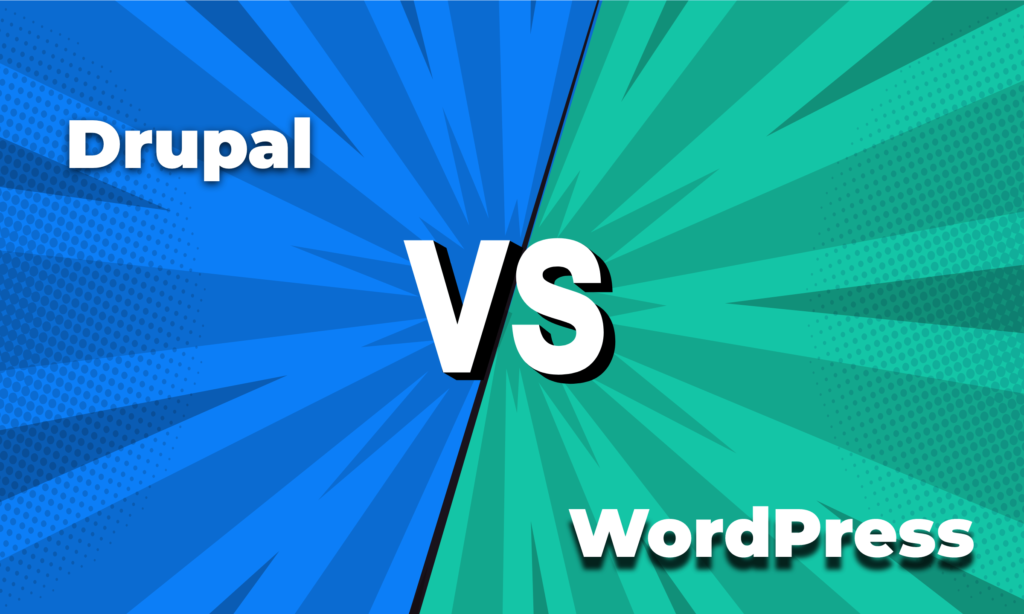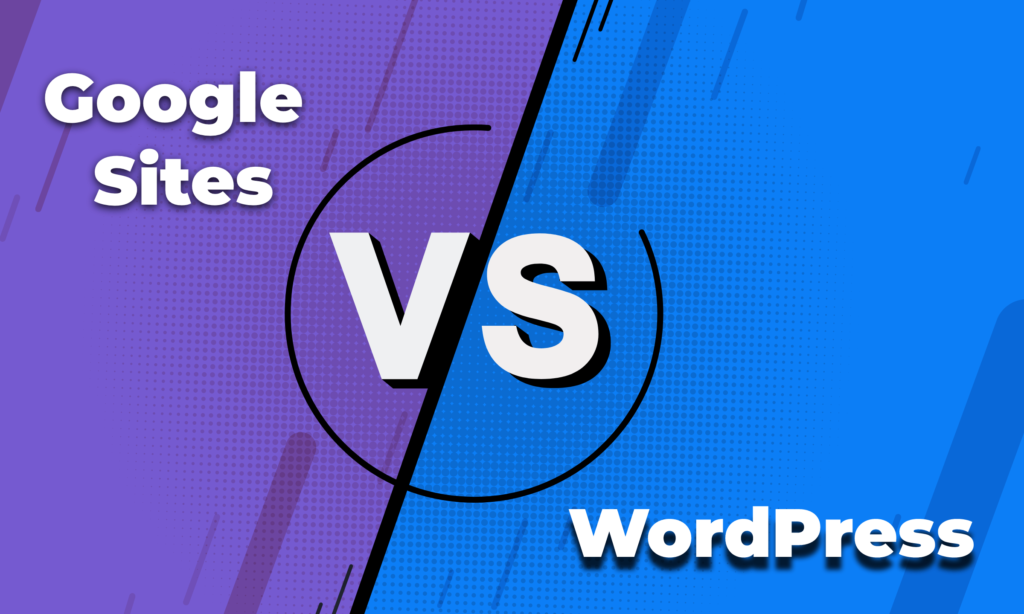When it comes to website builders, there are so many options to choose from. Two popular choices are Duda and Webflow. Both have their pros and cons, so it can be difficult to decide which one to use.
In this blog post, we will compare Duda and Webflow, and help you decide which one is right for you.
Let’s start.
What is Duda?
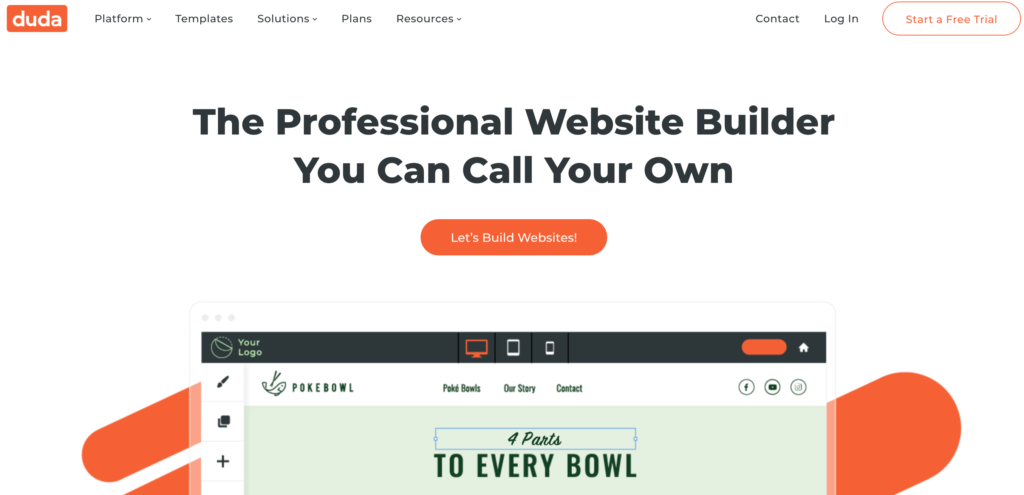
Duda is a website builder that enables its users to create responsive websites. It was founded in 2009 by Itai Sadan and Amir Glatt. As of 2022, Duda has over 2.5 million users.
What is Webflow?

Webflow is a website builder that enables its users to create responsive websites without having to code. It was founded in 2013 by Vlad Magdalin, Sergie Magdalin, and Chris Schlechter. As of 2022, Webflow has over 1.7 million users.
Duda vs Webflow: Features
Duda offers a wide range of features, including
- a drag-and-drop editor
- pre-designed templates
- a mobile editor
- and e-commerce functionality (limited to 10 products)
Duda is a great choice for users who want a lot of control over the design of their websites.
Webflow offers a wide range of features, including
- a drag-and-drop editor
- pre-designed templates
- and e-commerce functionality (Unlimited Products)
Webflow is a great choice for users who want an easy-to-use website builder with powerful e-commerce features.
Webflow vs Duda: Major Differences
The main difference between Duda and Webflow is that Duda is a website builder that offers a wide range of templates and tools for users to create their own website.
Webflow is a web design platform that offers users a wide range of templates, tools, and resources to create responsive websites.
Ease of Use
Duda is a user-friendly website builder. It offers a wide range of tutorials and support to help users get the most out of the platform.
Webflow is a user-friendly website builder. It offers a wide range of tutorials and support to help users get the most out of the platform.
Third-Party Integrations
Duda integrates with a wide range of third-party services, including Google Analytics, Google Adsense, and Facebook Pixel.
Webflow integrates with a wide range of third-party services, including Google Analytics, Google Adsense, and Facebook Pixel.
Design & customization
Duda:
-You can use Duda to create a completely custom website from scratch, or you can use one of their many templates as a starting point.
-Duda’s editor is based on a drag-and-drop interface, which makes it easy to add and rearrange elements on your website.
-You can use Duda’s tools to create custom designs for your website, or you can hire a Duda-certified agency to do it for you.
-Duda offers a wide range of integrations, including social media, e-commerce, and email marketing.
Webflow:
-Webflow gives you the ability to create custom websites without having to write any code.
-Webflow’s visual editor is based on a drag-and-drop interface, which makes it easy to add and rearrange elements on your website.
-You can use Webflow’s tools to create custom designs for your website, or you can hire a Webflow-certified agency to do it for you.
-Webflow offers a wide range of integrations, including social media, e-commerce, and email marketing.
Blogging features
When it comes to blogging features, Duda and Webflow are both great CMSs. They both offer a variety of features that make blogging easy and fun.
Duda offers a drag-and-drop interface that makes it easy to create and customize your blog posts. You can also easily add photos and videos to your posts, and there are a variety of templates to choose from.
Webflow also offers a drag-and-drop interface, but it also has a WYSIWYG editor that makes it easy to format your posts. Webflow also has a variety of templates to choose from, and you can easily add photos and videos to your posts.
Ecommerce functionality
Both Duda and Webflow allow for eCommerce functionality to be added to websites. However, there are some key differences between the two.
Webflow allows for eCommerce functionality to be added to websites without having to code. Duda, on the other hand, does not have this capability and therefore requires coding in order to add e-commerce functionality.
Webflow also allows for a greater degree of customization when it comes to eCommerce functionality. For example, users can add custom fields to their products and control the layout of their checkout pages. Duda, on the other hand, is more limited in this regard.
Finally, Webflow offers a built-in payment gateway called Stripe. Duda does not have a built-in payment gateway and therefore users would need to use a third-party solution.
SEO features
Duda:
- You can customize Title Tags and Meta Descriptions for each page
- Automatically generates an XML sitemap
- Lets you add Alt Text to images
Webflow:
- Automatically generates an XML sitemap
- You can add social media tags to share your site on Facebook, Twitter, and other platforms
- Includes Google Analytics integration
Multilingual Supports
Duda:
Duda offers built-in support for multiple languages so you can easily create a multilingual website. You can add as many languages as you want, and Duda will automatically generate a translated version of your site. All you need to do is add the language code to your URL (for example, example.com/de for German).
Webflow:
Webflow does not offer built-in multilingual support. However, you can add multiple languages to your Webflow site using third-party tools like Weglot. Weglot will automatically generate a translated version of your site, and you can manage all your translations from a single dashboard.
Maintenance/Security
Both Duda and Webflow are popular CMSs that offer a lot of features and options for website design and maintenance. However, there are some key differences between the two that you should consider when choosing a CMS for your website.
If we talk about maintenance, Duda is a bit more limited than Webflow. With Duda, you can only make changes to your website through the Duda interface. This means that if you want to make changes to your website, you’ll need to log in to Duda and use their tools to do so.
Webflow, on the other hand, gives you the ability to make changes to your website directly through your web browser. This means that you can make changes to your website without having to log in to a separate interface.
When it comes to security, Duda and Webflow both offer a lot of features to keep your website safe. Duda offers a secure hosting environment, as well as a number of security features that you can enable for your website. Webflow also offers a secure hosting environment and a number of security features that you can enable for your website.
However, Webflow goes a step further than Duda by offering two-factor authentication for your account. This means that you’ll need to enter a code from your phone in order to log in to your account, which adds an extra layer of security.
When should You use Webflow, not Duda?
There are a few key reasons why you might choose to use Webflow over Duda:
Webflow offers a more robust and comprehensive set of features, including
- a wider range of templates
- more customization options
- and eCommerce functionality
- considered to be more user-friendly and easier to use than Duda, especially for those with limited coding knowledge
- offers a free plan, whereas Duda does not, making it a more budget-friendly option for those just starting out
When should You use Duda not WEBFLOW?
There are a few key reasons why you might choose to use Duda over Webflow:
- designed specifically for creating responsive websites, whereas Webflow is a general-purpose website builder. This means that Duda will likely be a better fit for someone who wants to create a website that looks great on all devices.
- includes a wide range of templates and pre-built components that make it easy to create a professional-looking website, even if you don’t have much experience with web design. Webflow, on the other hand, is geared more toward experienced designers who are comfortable working with code.
- offers a 14-day free trial, so you can try it out before committing to a paid plan. Webflow does not offer a free trial, so you would need to pay for a plan upfront.
- cheapest paid plan is $14 per month, whereas Webflow’s cheapest paid plan is $12 per month. However, keep in mind that Duda’s cheapest plan has more features than Webflow’s cheapest plan, so it’s worth comparing the two side by side to see which one is a better fit for your needs.
Duda and Webflow Pricing
Duda offers a free plan for users who want to create a basic website. Its paid plans start at $14/month and go up to $299/month.
Webflow offers a free plan for basic users as well. Its paid plans start at $12/month and go up to $299/month.
Duda vs Webflow: Final Thoughts
In conclusion, both Duda and Webflow are popular CMSs with their own advantages and disadvantages. Duda is a good choice for those who want an easy-to-use platform with a wide range of features, while Webflow is a good choice for those who want a more powerful and customizable platform.
In other words, Duda is better for those who want an easy-to-use. Webflow is better for those who want more control and flexibility
